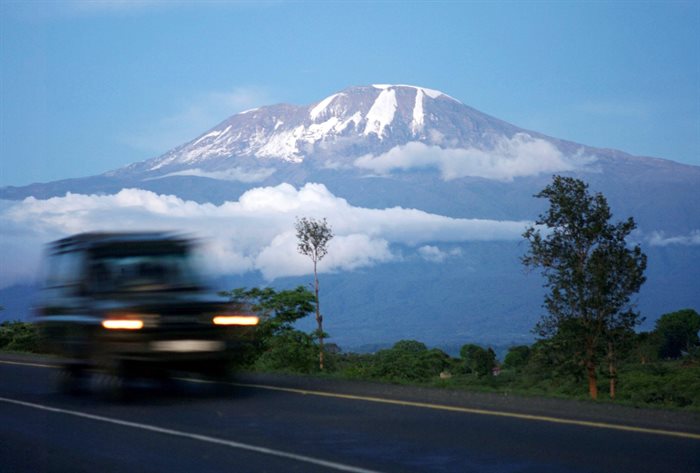Africa's glaciers to melt, millions of poor face drought, floods, UN says

The latest report on the state of Africa's climate by the World Meteorological Organisation (WMO), partnered with African Union agencies, paints a dire picture of the continent's ability to adapt to increasingly frequent weather disasters.
According to one data set, 2020 was Africa's third-warmest year on record, 0.86 degrees Celsius above the average temperature in the three decades leading to 2010. It has mostly warmed slower than high-latitude temperate zones, but the impact is still devastating.
"The rapid shrinking of the last remaining glaciers in eastern Africa, which are expected to melt entirely in the near future, signals the threat of ... irreversible change to the Earth system," WMO secretary-general Petteri Taalas said in a foreword to the report.
It forecast that on current rates, all three of Africa's tropical ice fields - Tanzania's Kilimanjaro, Kenya's Mount Kenya, and Uganda's Rwenzoris - would be gone by the 2040s.
Impact on the extremely poor
In addition, "By 2030, it is estimated that up to 118 million extremely poor people (living on less than $1.90 per day) will be exposed to drought, floods and extreme heat ... if adequate response measures are not put in place," the African Union's agriculture commissioner Josefa Sacko said.
Africa, which accounts for less than 4% of greenhouse gas emissions, has long been expected to be severely impacted by climate change. Its croplands are already drought-prone, many of its major cities hug the coast, and widespread poverty makes it harder for people to adapt.
Apart from worsening drought on a continent heavily reliant on agriculture, there was extensive flooding recorded in East and West Africa in 2020, the report noted, while a locust infestation of historic proportions, which began a year earlier, continued to wreak havoc.
The report estimated that sub-Saharan Africa would need to spend $30-$50bn, or 2-3% of GDP, each year on adaptation to avert even worse consequences.
An estimated 1.2 million people were displaced by storms and floods in 2020, nearly two and half times as many people as fled their homes because of conflict in the same year.
Source: Reuters

Reuters, the news and media division of Thomson Reuters, is the world's largest multimedia news provider, reaching billions of people worldwide every day.
Go to: https://www.reuters.com/Related
South Africa's white farmers would be among victims if Trump ends growth bill 19 Feb 2025 South Africa concerned Trump election will impact climate talks 8 Nov 2024 Focus on coal miners, power grid as South Africa spends just 6th of climate aid 27 Sep 2024 South Africa's climate action too slow to meet its bold pledges, says report 26 Jul 2024 South Africa appeals to donors to delay its climate targets, minister says 16 Jul 2024 Inquiry blames Joburg authorities for neglect leading to deadly building fire 6 May 2024
























